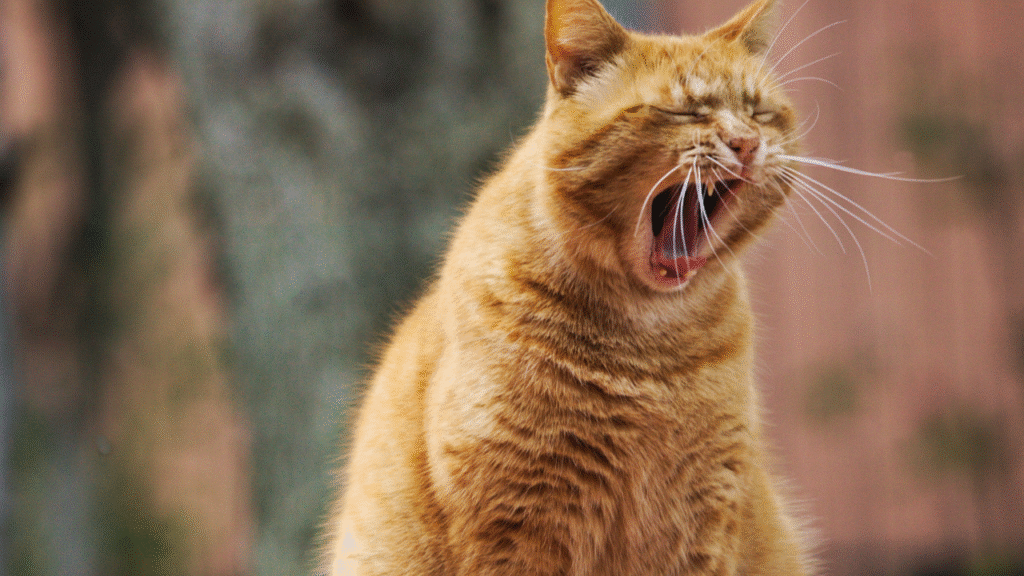Feline Myths Debunked: Separating Fact from Fiction About Cats
Cats have captivated humans for thousands of years with their mysterious behaviors, piercing eyes, and independent nature. Yet, despite our long history with them, myths and misconceptions about cats still abound. These myths can influence how we treat, care for, and even judge our feline companions. Today, we’re debunking some of the most common cat myths to better understand our furry friends and promote responsible pet ownership.

Myth 1: Cats Are Aloof and Don’t Care About Humans
Reality:
Cats may not show affection the same way dogs do, but they form deep bonds with their humans. Studies have shown that many cats display secure attachment styles similar to children. They often follow their owners from room to room, rub against them, sleep near them, and purr when content. Just because their love is subtle doesn’t mean it’s not there.
Myth 2: Cats Always Land on Their Feet
Reality:
Cats do have a “righting reflex,” which helps them twist their bodies mid-air to land on their feet, but this isn’t foolproof. A fall from too low a height may not give them time to adjust, and from too high, they can suffer serious injuries. Windows and balconies are real hazards—hence the term “high-rise syndrome” used by vets.
Conclusion: Never assume your cat is safe around heights without supervision or protection like screens.
Myth 3: Cats Can’t Be Trained
Reality:
Cats are highly intelligent and capable of learning tricks, behaviors, and even commands. Positive reinforcement techniques—like treats or clicker training—can be used to teach cats to sit, come when called, use a scratching post, or walk on a leash. It just takes patience and consistency.
Myth 4: Pregnant Women Should Avoid Cats
Reality:
This myth stems from concern about toxoplasmosis, a parasite that can harm unborn babies and may be present in cat feces. However, the risk is extremely low, especially with indoor cats. Pregnant women can safely keep cats if they practice good hygiene (e.g., wearing gloves when changing the litter or having someone else do it).
Myth 5: Black Cats Bring Bad Luck
Reality:
This superstition dates back to medieval Europe and persists today, leading to black cats being adopted less frequently and sometimes mistreated. In truth, black cats are just as loving and lucky as any other cat. In some cultures, they’re even considered symbols of prosperity and protection.
Myth 6: Cats Hate Water
Reality:
While many cats dislike being wet, not all of them hate water. Some breeds, like the Turkish Van or Bengal, are known for enjoying a dip. Even more common cats may play with running water or jump into the shower out of curiosity. Dislike for water is usually more about unfamiliarity or past negative experiences.
Myth 7: A Cat’s Purring Means It’s Happy
Reality:
While cats often purr when content, they also purr when they’re in pain, frightened, or even dying. Purring is believed to be a self-soothing mechanism and may even have healing properties due to the frequency of the vibrations.
Conclusion: Pay attention to other body language clues to understand your cat’s mood accurately.
Myth 8: Cats Can See in Total Darkness
Reality:
Cats have excellent night vision—about six times better than humans—but they can’t see in absolute darkness. They need at least a small amount of light to navigate. Their large corneas and specialized retinas help them detect motion and see in low light, which makes them excellent night hunters.
Myth 9: Cats Only Purr for Humans
Reality:
Cats also purr when they’re alone, with other cats, or even when injured. Kittens purr to communicate with their mothers, and adult cats may purr to comfort themselves or others. It’s not just a sound for human benefit—it’s a complex part of their communication toolkit.
Myth 10: You Should Give Cats Milk
Reality:
Contrary to the classic cartoon image, most adult cats are lactose intolerant. Drinking cow’s milk can cause digestive upset, including diarrhea and stomach cramps. If you want to treat your cat, stick to cat-formulated “milk” sold at pet stores or offer plain water.
Final Thoughts
Cats are unique creatures—elegant, curious, and often misunderstood. Busting these myths not only brings us closer to the truth but also helps improve the lives of cats everywhere. Whether you’re a seasoned cat parent or considering adoption, remember that knowledge is the key to a happy, healthy relationship with your feline friend.








